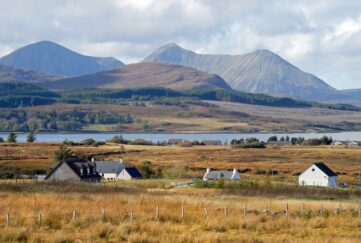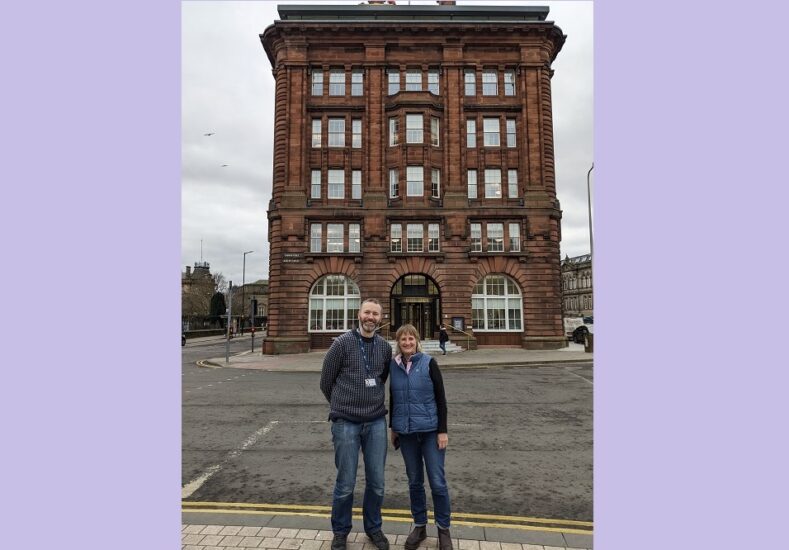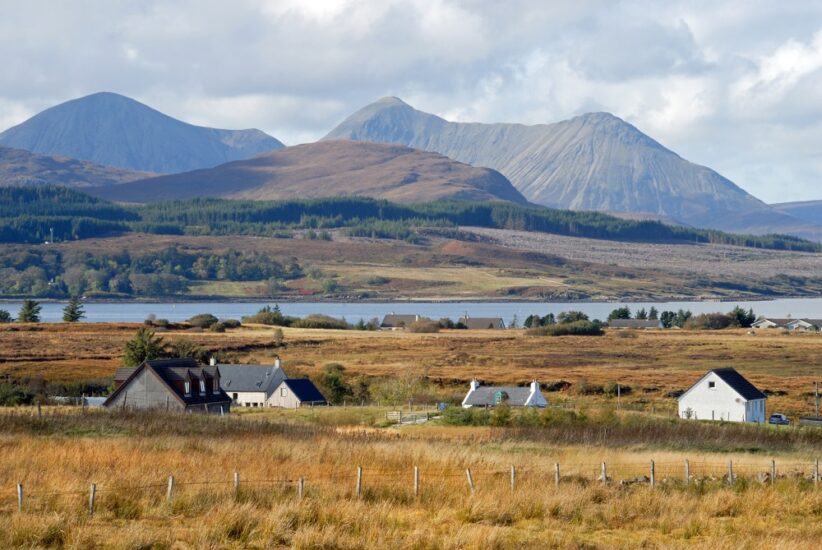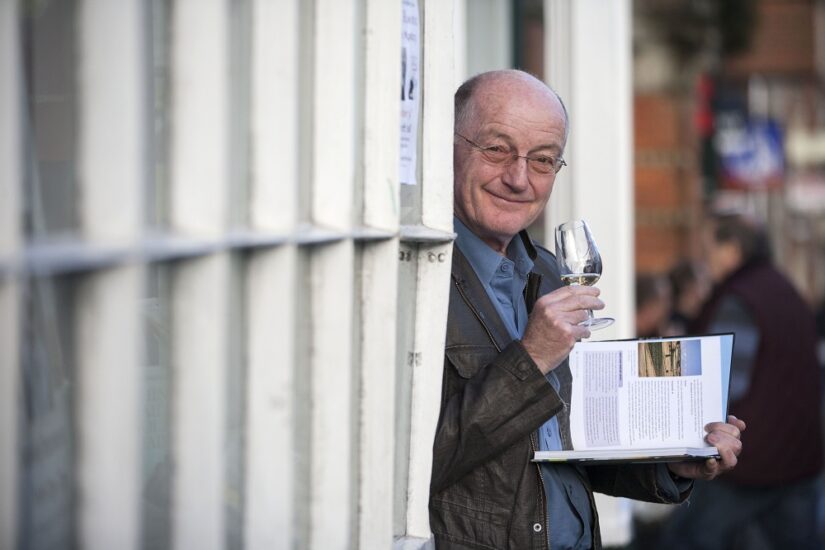Chatting To Katharine Norbury, Author Of Women On Nature
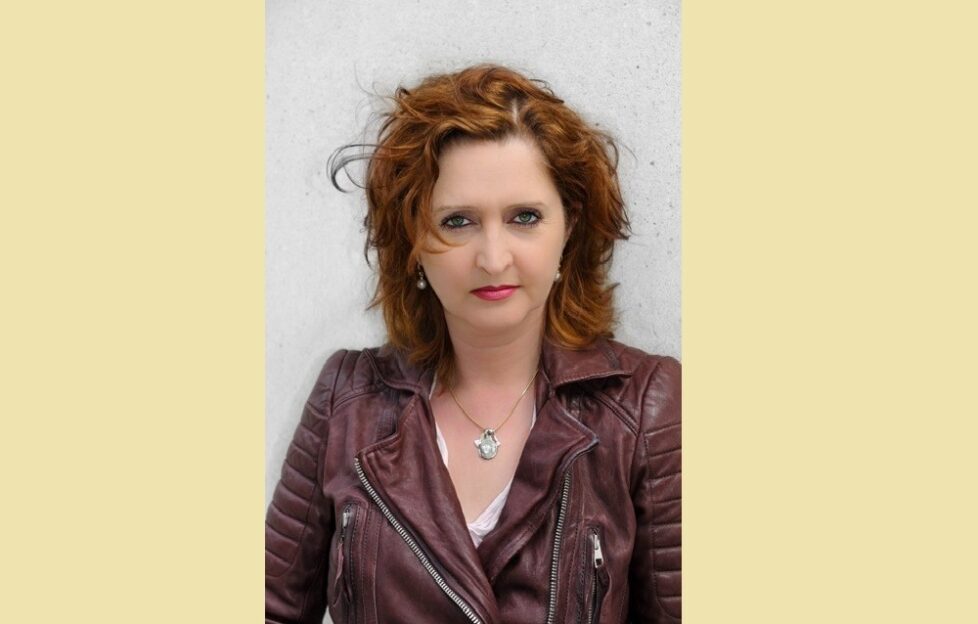
Katharine Norbury, author of a new anthology, “Women On Nature”, talks to us about finding female voices in the world of outdoor writing.
What inspired you to put together this anthology?
My late mother had an anthology by her bed called The Grass of Parnassus: An Anthology of Poetry for Schools edited by W.F. Langford and published in 1946. It was a great wedge of a book, as big as a Bible. I’m sure those still living who went to school after the Second World War will remember it clearly. As the years went by it became one of Mum’s “go to” reads. Wordsworth’s Daffodils and other Romantic poems she had learned by heart. Grass of Parnassus was quite short on women writers, though, certainly not a 50/50 split. It seemed that there was a real space waiting to be occupied.
However, as Mum got older she developed vascular dementia which affected her working memory. I therefore wanted to make a book which was easy to negotiate amd needed no effort on behalf of the reader. For that reason this collection of women’s writing about the natural world is in alphabetical order. It has produced some charming and at times quite comical juxtapositions.
Was it hard to find the source material – have many female voices been lost where men’s had been better preserved?
What we think of as ‘nature writing’ is generally associated with white men. It’s been around as a genre for at most a couple of hundred years. This state of affairs seemed limiting to me. I decided to go back as far as I could to find writing in English about the natural world in Britain and Ireland. Both Julian of Norwich and Margery Kempe were writing in the fourteenth century. They had a keen sense of the creation, so they determined the starting point.
There are many women writers in the 21st Century, and the challenge there was from stopping the book running to several volumes. The period in between was fairly tricky. You can’t just go into the British Library and look for ‘women nature writers of the sixteenth century’, for example, so I read far and wide over many months.
Did you have any favourites amongst them?
I can’t possibly say that I have favourites with around 70 living writers in the anthology! Of the historical voices, I admire the feisty Margaret Cavendish whose “Dialogue Between an Oak Tree and the Man Felling Him” is exquisite.
Do you think there’s a difference between each gender’s approach to the subject, or is the difference just that the men were the only ones given a voice?
I chose to use all the ways of expressing themselves that women traditionally use. This includes journals, poetry, the garden diary, cookery books, recipes and traditional cures. I would say that historically men have traditionally had a greater interest in naming things, in taxonomy, but in the twenty-first century I would be wary of making generalisations!
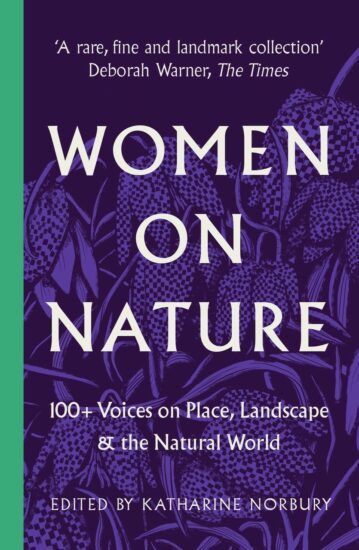
“Women On Nature” is out in shops and online now, published by Unbound, RRP “12.99.
Read more book content from the “Friend”!



